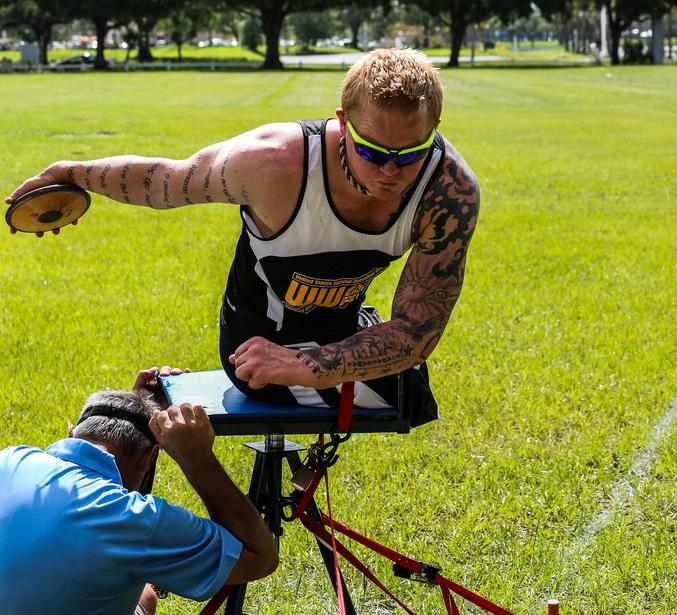
The National Veterans Wheelchair Games is the largest annual wheelchair multi-sports and rehabilitation event in the world, now in its 36th year. The Games, presented annually by Paralyzed Veterans (PVA) and the Department of Veterans Affairs (VA), are open to all U.S. military veterans who use wheelchairs for sports competition as a result of spinal cord injury, certain neurological conditions, amputations or other mobility impairments, and who receive care at VA medical facilities or military treatment centers.
Veterans at the National Veterans Wheelchair Games (NRVA) can compete in a number of events spanning different sports: air gun, archery, basketball, boccia, bowling, handcycling, a motorized wheelchair rally, nine-ball pool, power soccer, quad rugby, slalom, softball, swimming, table tennis, track and field, trapshooting and weightlifting. Exhibition sports are also offered each year. Athletes compete in all events against others with similar athletic ability, competitive experience or age.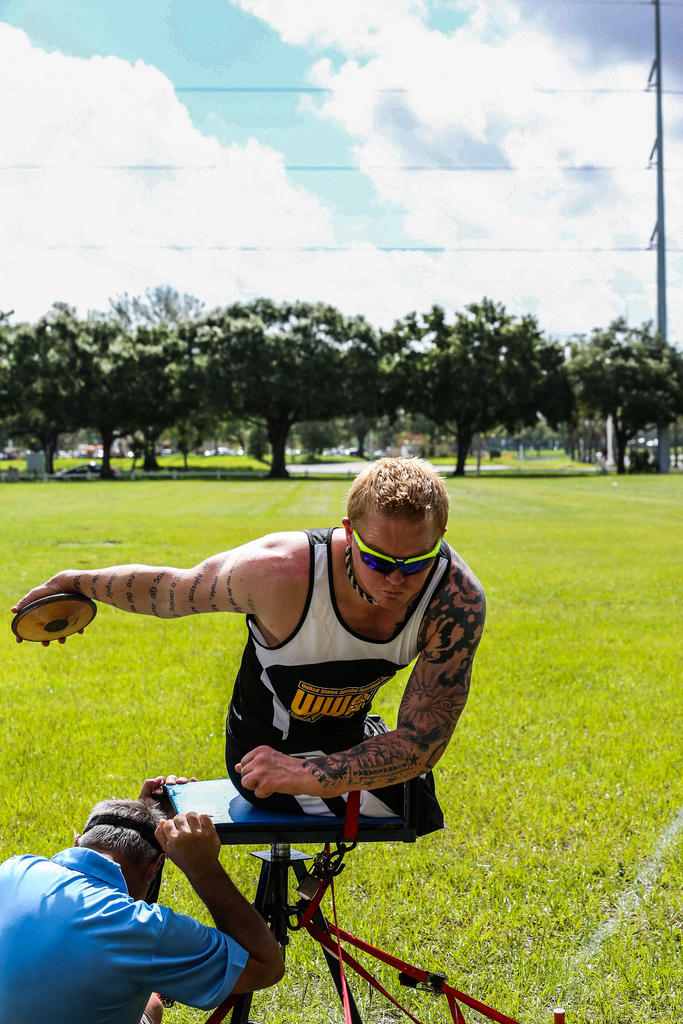
Sports Destination Management: The National Veterans Wheelchair Games are coming up June 27-July 2 in Salt Lake City, Utah. How many people are you expecting?
Tom Brown: We have between 550 and 600 athletes who come every year; we may be getting a lot more this year.
SDM: So Salt Lake City, as the site of the Olympic and Paralympic Games in 2002, is a good draw?
David Tostenrude: Salt Lake City is an incredibly supportive place. Their partnership with the University of Utah and several of the sites the USOC used at the Olympics is important to our plans. It has made the planning easier and will truly enhance the experience for our veterans.
SDM: What special events does the NVWG have planned for Salt Lake?
Brown: As one of our exhibition sports, we’re giving our veterans the chance to go down the bobsled run; bobsled is actually a new Paralympic sport. The Olympic Legacy Park operates a summer program where the sled is on wheels, obviously. We will be able to take three veterans per sled down the hill, and we are sure this is going to be popular. We expect we will have some 50-60 vets go down the mountainside like that. We always try to look at something unique our veterans wouldn’t normally get to do – and when you think about it, even ablebodied people might never get to try that.
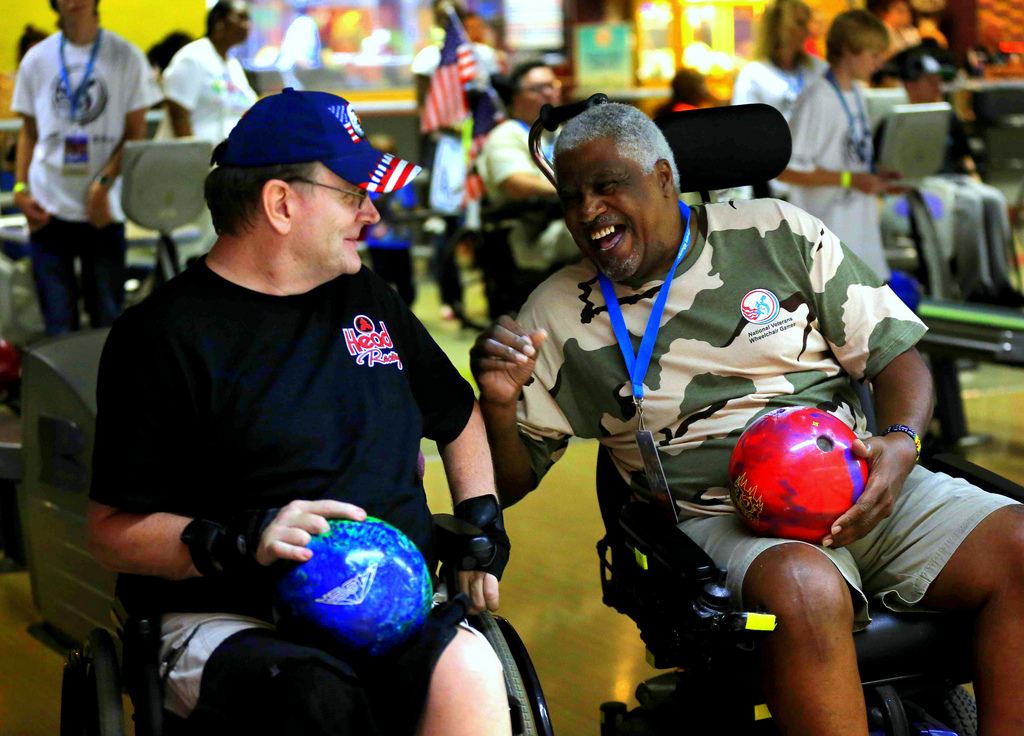 Tostenrude: Tom and I are always looking at the latest trends in sports and what people are participating in, and this year we are also going to offer paratriathlon. We are confident our adventurous and younger veterans will be drawn to this event. Triathlon is growing. We’re working with USA Triathlon to put the event on. And if you look at it, in every community across the country, there’s an opportunity each weekend for a 5K run or a bike race or a triathlon. Our goal is to educate and encourage our veterans to participate in fitness and sports programs at home. This is an ideal opportunity for all veterans across the country. We’ll run this event for two years and if it’s accepted, we’ll make a part of things permanently. It also gives us a chance to keep our event fresh and it shows off what’s available in the community.
Tostenrude: Tom and I are always looking at the latest trends in sports and what people are participating in, and this year we are also going to offer paratriathlon. We are confident our adventurous and younger veterans will be drawn to this event. Triathlon is growing. We’re working with USA Triathlon to put the event on. And if you look at it, in every community across the country, there’s an opportunity each weekend for a 5K run or a bike race or a triathlon. Our goal is to educate and encourage our veterans to participate in fitness and sports programs at home. This is an ideal opportunity for all veterans across the country. We’ll run this event for two years and if it’s accepted, we’ll make a part of things permanently. It also gives us a chance to keep our event fresh and it shows off what’s available in the community.
SDM: You mentioned showcasing what’s available in the community. What does the NVWG look for when considering cities for events?
Brown: We have a bid process that we use to evaluate prospective cities. We get our leads either from the VA or from a PVA chapter or from the city, sports commission, convention and visitors bureau or chamber. NVWG has an extensive bid package that bid package that outlines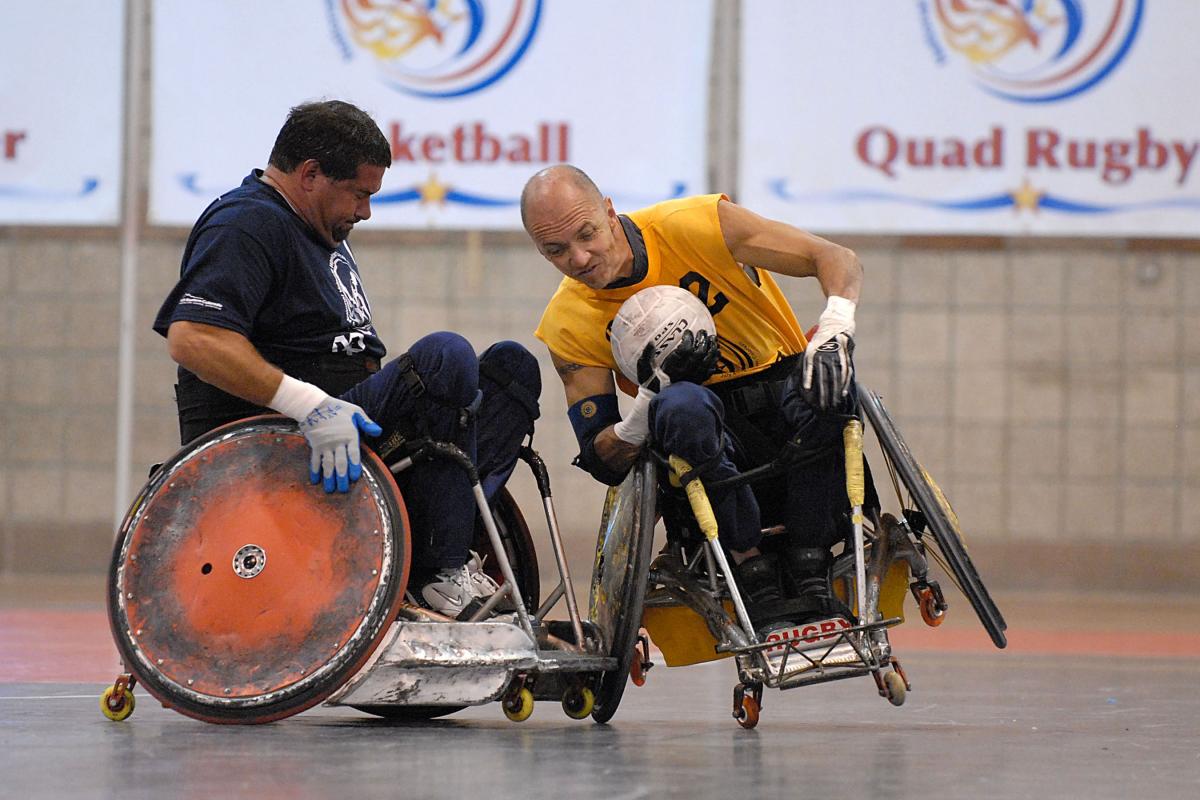 our requirements.
our requirements.
In terms of what we’re looking for, logistics are very important. What we’re looking for is hotels and venues in close proximity so we can avoid some of the transportation problems. Transportation is incredibly important and considering the unique challenge of providing transportation for more than 550 veterans, all in different types of wheelchairs, the challenge is significant.
We are very flexible about the timing of the Games. We look at a window from the end of May to the beginning of June because it’s before vacation season and it’s not convention season. We generally try to avoid the 4th of July.
Tostenrude: We target communities for their accessibility and their lack of limitations. We also look for opportunities going into a community where we can make an impact and increase services and awareness for veterans.
It’s very challenging to find locations that are suitable for the Games. You’re looking for convention centers with enough square footage and column-free space to accommodate some of the indoor sports. When you’re looking at pools, you need to find a place with enough deck space to accommodate 150 chairs. For our wheelchair softball, we can use an outdoor parking lot, but not only does it have to be big enough, it has to be barrier-free, and without bumps and light poles. When we plan races, we like to find routes we can close off or routes that we can secure with the aid of the local police. Most of our events are done during the week, so we know that working with traffic isn’t as easy as it is during the weekend. All that is in our bid package.
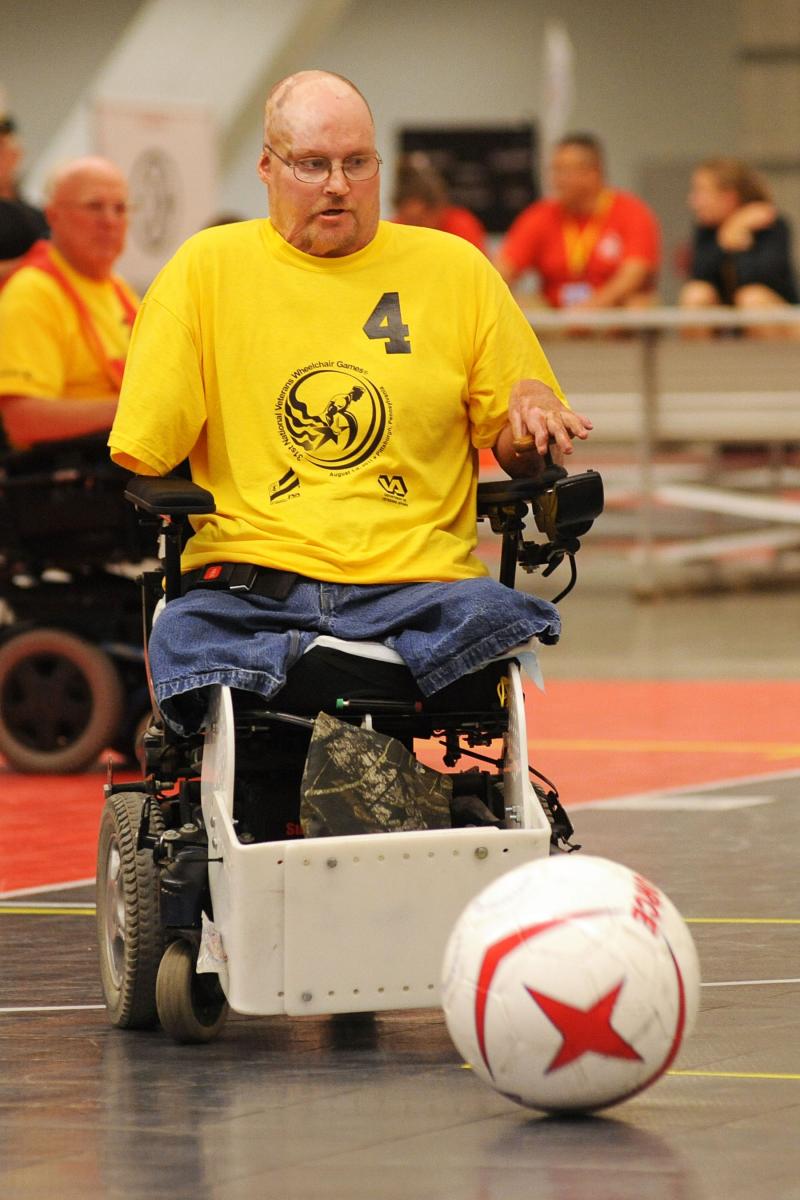 SDM: What do people also not realize is a challenge?
SDM: What do people also not realize is a challenge?
Tostenrude: Transportation is one of our biggest challenges, and once I have that secured, I’m a happy man. Transporting 600 folks in wheelchairs is a nightmare and our needs are very specific in order for the event to be successful. We have used modified buses but there are regulations on that too.
Accessibility for our hotels, convention center and other sports venues is essential. A convention center will tell you they have a ballroom, but if it’s on an upstairs floor and we don’t have ample elevator access, and if we have to get 600 people in wheelchairs upstairs, it can take four to five hours, so that won’t work. Another example of access is the size of facilities for not only the sport venues but also our Expo/Health Fair and ceremonies. If a facility says that their room will hold 300 people, that is really about 100 individuals in wheelchairs. This changes the perspective significantly.
SDM: There are also spectator seating issues to be considered, since these events probably bring out a lot of people who are in wheelchairs who just want to watch. We often hear people say ADA is important, but it doesn’t make everything accessible.
Tostenrude: The world isn’t accessible. This is one opportunity we use to educate our veterans who are newly disabled to be active and how to accommodate when faced with challenges. We’re not going to find a hotel with 600 rooms that are ADA-compliant. We meet with the hotels and make it work. Maybe removing some furniture from the room makes it easier for someone to get around. There are some things we can’t do, but the veterans want to be like everyone else; they have learned that if they can do things on their own, they have the freedom to do anything they want.
Most businesses in a community only learn about accessibility when a customer in a wheelchair comes in. If the issue hasn’t been confronted before, you can’t hold it against them. The Games provide a great opportunity for an entire community to become aware.
SDM: Do you see that as a way to raise awareness, not just of veterans but of their abilities?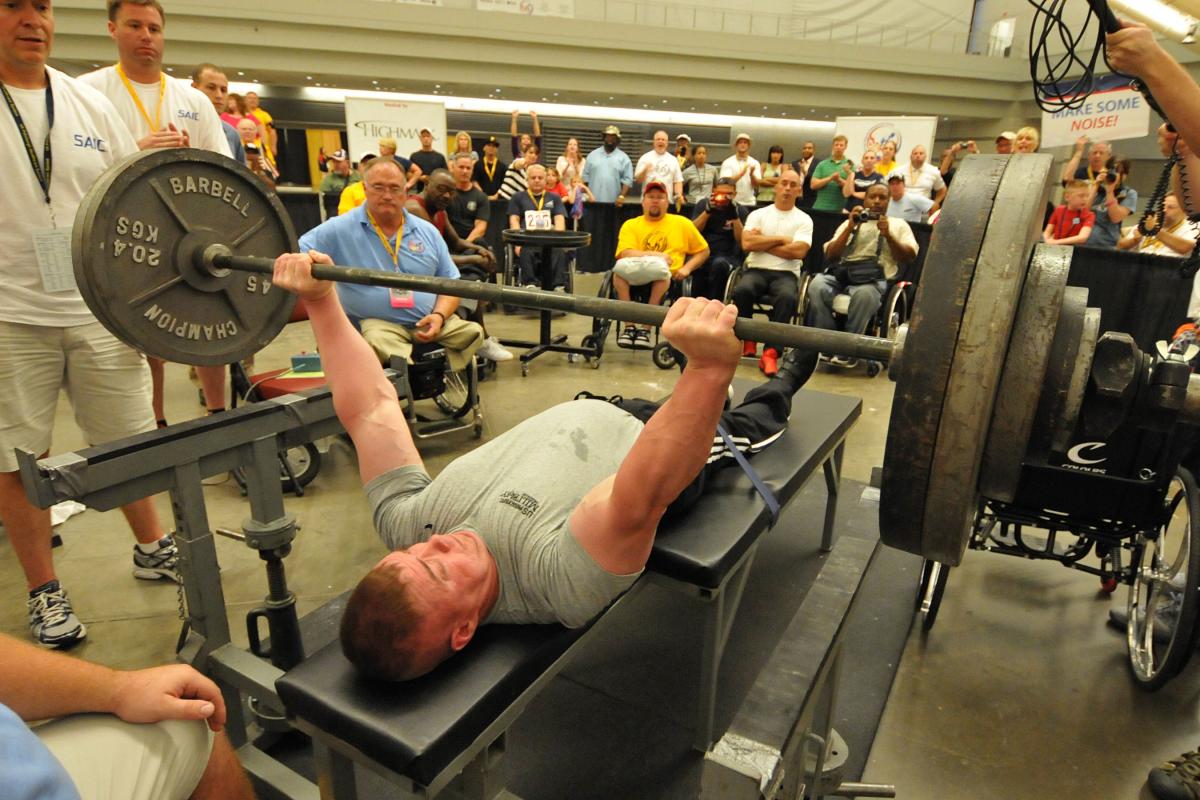
Brown: A byproduct of moving the Games around is picking up new veterans in those communities. The Games staff is very proud of the fact that we have between 20 and 25 percent newly injured veterans each year we can expose to sports – or just veterans who are new to sports. Another benefit of moving through communities is that it’s part of an effort to inspire veterans and get them more active. They are learning the vital skills of traveling. If you’re in a wheelchair, how do you manage away from home? Those are critical lessons for independence.
SDM: What is the economic impact of the Games?
Tostenrude: It’s hard to pin it down but we’ve come up with a $3 million impact per year on the city we do the Games in.
Brown: Another impact we have, well, actually a benefit, is that we work closely with the location and make sure they have ramps and so forth. We like the fact that we leave the cities more accessible than we found them.
SDM: Do you use volunteers when you put on the Games?
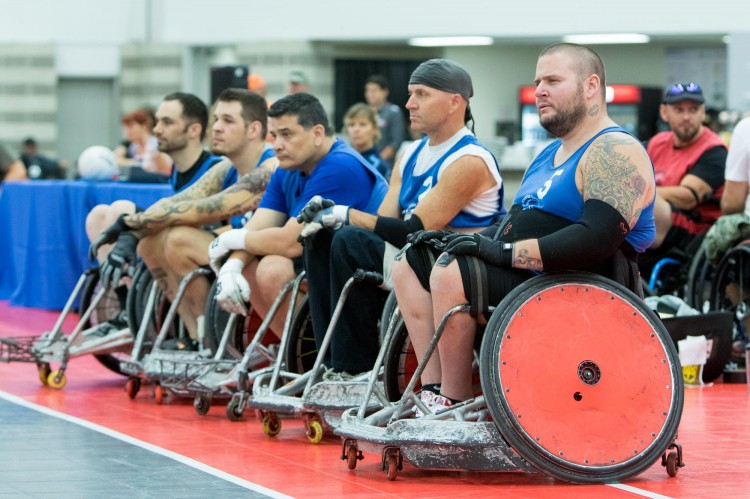 Tostenrude: The volunteer program is the backbone of our operations. We utilize about 3,000 volunteers from transportation, events, site set-up, registration, etc. and people get so much out of it. What we’ll often see is volunteers come in one day, then bringing back their whole families the next day. Each of our opportunities to volunteer involves an orientation and supervision during the experience. Volunteers can register online at our website.
Tostenrude: The volunteer program is the backbone of our operations. We utilize about 3,000 volunteers from transportation, events, site set-up, registration, etc. and people get so much out of it. What we’ll often see is volunteers come in one day, then bringing back their whole families the next day. Each of our opportunities to volunteer involves an orientation and supervision during the experience. Volunteers can register online at our website.
Brown: The Games were started because the VA and PVA realized there was life after hospitalization. It used to be that opportunities for people in the realm of sports were not as prevalent. The VA got involved in making sure people were exposed to sports they could do as part of their ongoing rehabilitation program. It’s easy to tell someone about the mechanics of exercise but this gives them a chance to be on their own and take it one step further and find out the possibilities are endless. These Games are also a great patriotic exercise for the cities that host. People see the price of freedom – it isn’t free but that doesn’t mean they should feel sorry for these men and women. Instead, it’s more about seeing what can be accomplished.

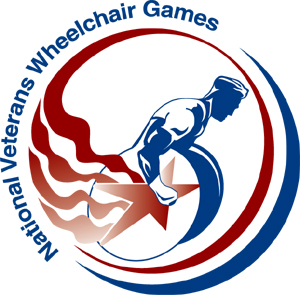 www.wheelchairgames.org
www.wheelchairgames.org